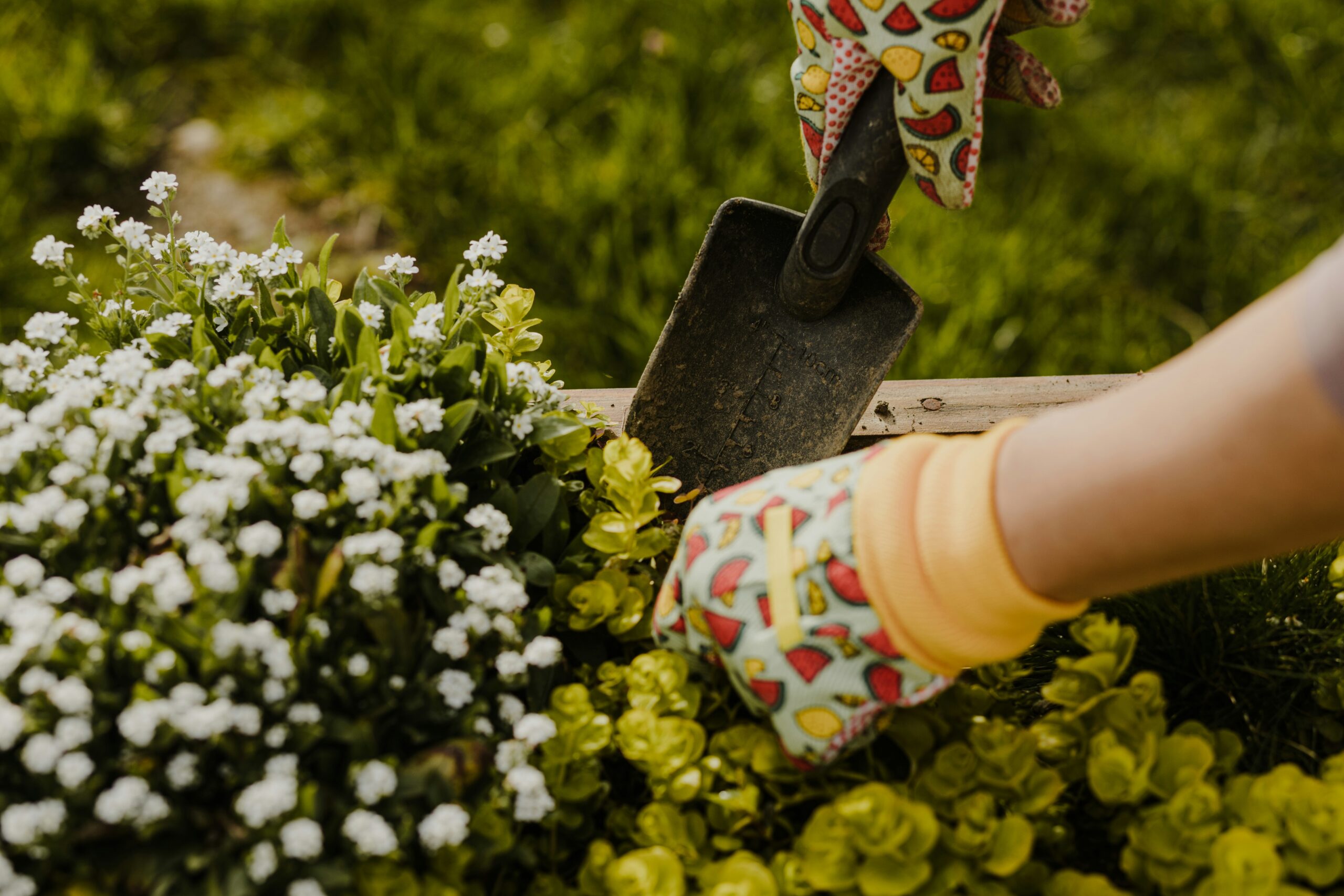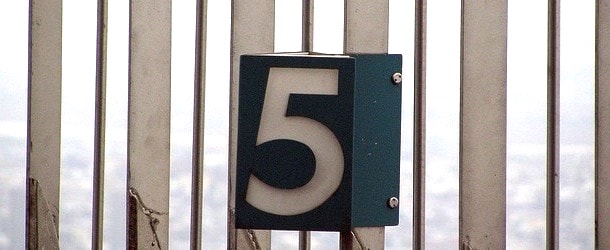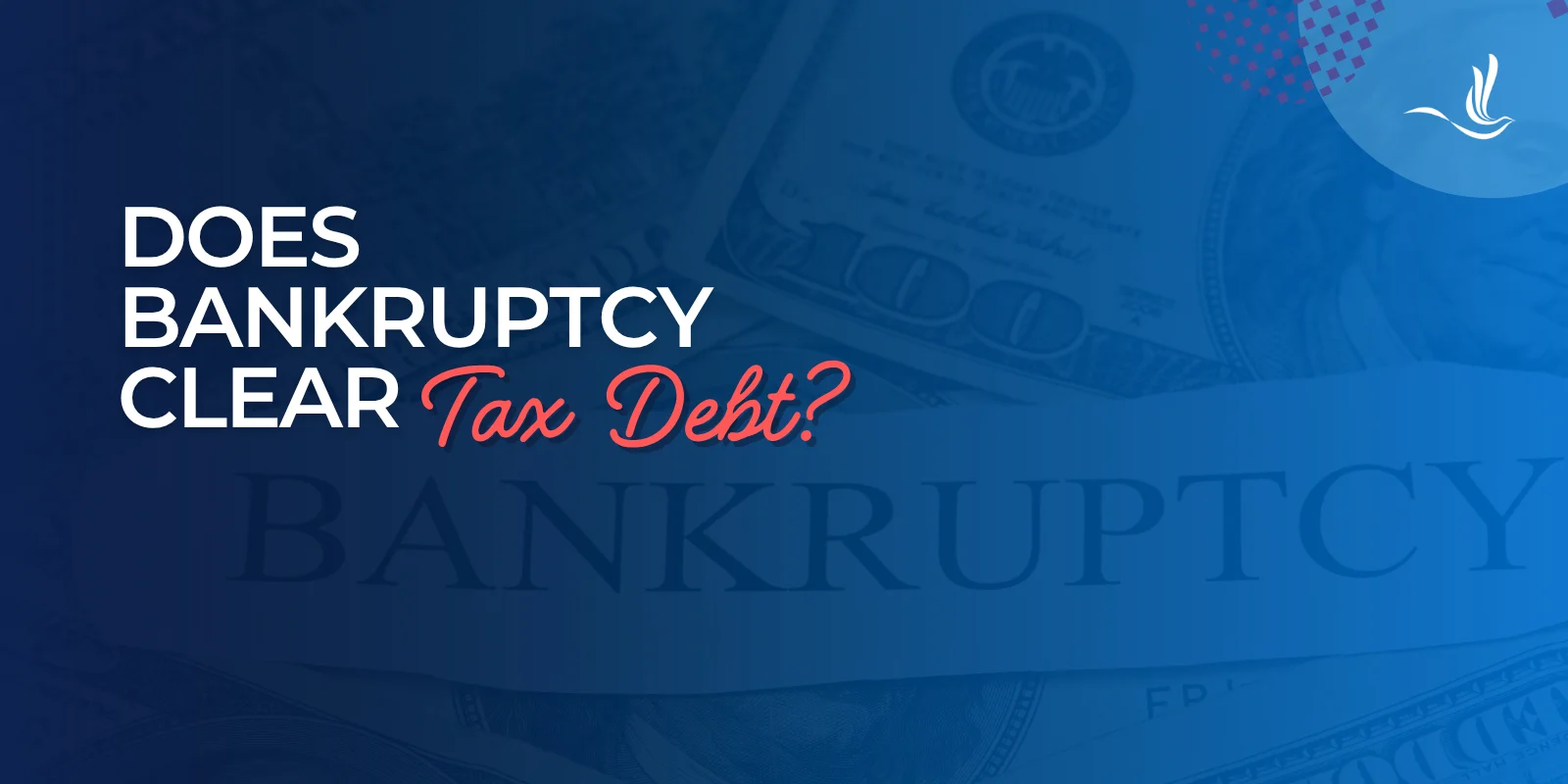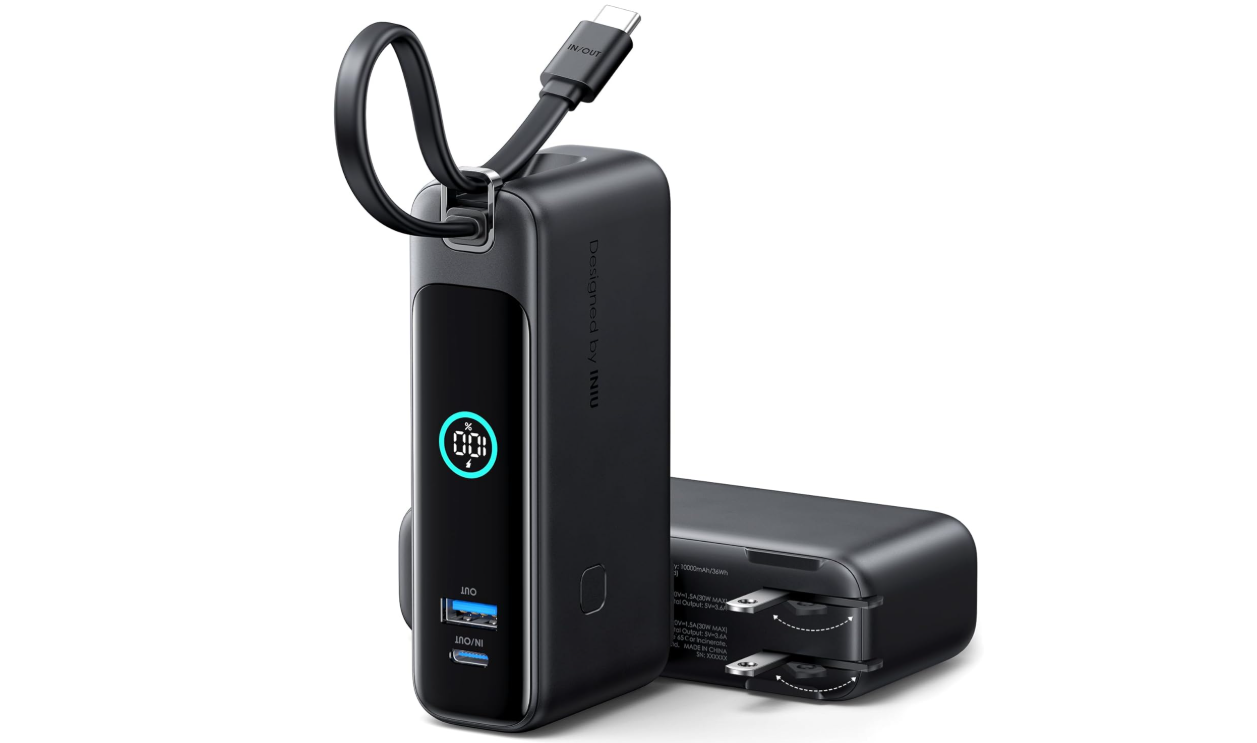Every garden has the potential to be something special, but to achieve the look you want, it’s about more than just having green fingers. Looking after our gardens can be quite cathartic, but it requires a lot of time and, seemingly, money.
Luckily for amateur gardeners, it doesn’t have to completely break the bank, and you can get wonderful results with a cost-effective approach.
If you’re doing your garden on a budget, we’re here to help. In this blog, we’ll be looking at wallet-friendly methods to make your outside space truly flourish.
What are the best ways to save money when gardening?
Whether you’re adding to your existing outdoor space or completely starting from scratch, there are ways to save some pennies while getting lovely results.
Plan and prioritise
We’re all guilty of getting overly excited about a project and losing our way with it. This can lead to unnecessary costs. We’d recommend putting together a plan and sticking to it as much as you can. You could even calculate how much each task will take away from your budget, so you can at least have a rough idea of your output.
You’ll also need to note your priorities. Establishing these early will ensure your budget covers them before anything else.
Look for free resources
The best way to save money? Not spend any money at all, of course. And you can do this by finding some quality freebies. There are more ways to do this than you may think.
First point of call: friends and family. Do they have anything they don’t need anymore, or would they be willing to do a swap with you? You could also look online and in local gardeners’ groups to see if anyone’s willing to give you any unwanted items. Speaking of online, there are platforms like Facebook Marketplace that may be offering free items too (you might just have to be willing to pick them up last minute).
Local councils sometimes offer free gardening supply programmes, and many communities have seed swaps or seed libraries where you can borrow, donate and swap all types of seeds. Some local tree services even give out free mulch and wood chippings.
It’s all just a case of asking around and looking out for what’s available because you never know.
Recycle and upcycle
Another great way to cut costs is to utilise what you already have. Can you paint existing plant pots to give them a new lease of life? Can you take some old indoor furniture and weatherproof it by sanding and painting it? Be a little creative.
Washed yoghurt pots, ready-meal containers, and egg cartons all make decent seed starters and, believe it or not, cardboard toilet roll tubes can double as biodegradable pots for your seedlings. Painted tin cans make quite fetching planters too.
Got any pallets, tyres or larger pieces of reclaimed wood lying around? These can then be used to make raised flower beds or just divide planting areas. If you’re particularly crafty, you could even use them to make fences or trellises.
Old bricks, tiles, and stones can be used as decoration or a way to create a pathway, and, if you’re feeling extra innovative, you can hang old CDs and DVDs in your garden as they deter birds (plus they reflect sunlight quite beautifully).
Join a gardening club
Not only are these a great way to make friends in the community and share money-saving advice along the way, but they are also a great option for those on a budget.
These clubs and groups can offer workshops with cost-cutting tips and tricks, and some may even offer discounts for you to use. Sounds like a win-win to us.
Shop the sales
This may seem obvious, but it can be easy to forget when you’re looking for the best options for your garden. If you don’t need something urgently, wait for it to go on sale or shop the current sales to find an alternative.
Garden centres tend to have a discounted items area at all times of the year, so it’s worth looking through them to see if you can find a hidden gem. Supermarkets are also an unsung hero when it comes to reduced trendy garden and outdoor hosting items.
Grow from seeds
New, fully grown plants are definitely more expensive, so if you can, grow them from seeds and get the satisfaction of your hard work a little further down the line. Buy your seeds in bulk to save even more money.
Just make sure you pick the appropriate times of the year and the right places in your garden to grow them so they have the best chance. You’ll then be able to collect and use the seeds from your own plants.
Consider the size
We can’t always control our garden size, but if you do, a smaller garden may be a more budget-friendly option for a plethora of reasons. Yes, they require fewer resources, which will save you some cash, but they also require less overall upkeep.
If you do have a larger outdoor space and want to update it, only focus on the problem areas so you’re not spending money unnecessarily. And as we’ve mentioned above, you could also list each area by priority so you use your budget on what truly matters (you can always save to work on those lower priority areas at a later date).
Let nature do its thing
Sometimes, nature knows exactly what it needs to do. You won’t always need expensive tools, kits or planters, just some well cared for soil, some rain and a bit of sunlight.
It will depend on what you want to achieve in your garden, but avoid buying anything that isn’t completely necessary. Having a little faith may cut costs more than you think.
What are the most cost-effective ways to look after your plants?
Manure and plant feed can be pricey, so if you have sustainability and your bank account in mind, there are other options to help your garden thrive.
- Fruit and veg peels – essentially scraps from your kitchen, but perfect for your compost pile
- Crushed eggshells – when added to soil, they’re great for seedlings and keep snails and slugs at bay
- Small twigs, grass clippings, and leaves – use these to make your own mulch, perfect for soil health
- Coffee grounds – naturally deters pests, so can be used near plants and in your compost
- Aquarium water – if you have fish, you’re in luck. The used water can offer your soil some nutrients and healthy bacteria
- Recycled rain water – ditch the hose and collect rain water. It contains nitrogen and tends to be softer, which are both good for plants.
In general, making your own compost can save you from having to fork out for fertiliser, so use what you have and watch your garden come alive.
When you work hard on your garden and home in general, you’ll want the right insurance for it. Adrian Flux can help you find a household insurance policy that works for your needs.
We also offer assistance with finding a suitable van insurance policy, perfect for money-savvy gardeners using their vans to transport tools and supplies.
For our best rates, call 0800 369 8590 or book a callback at a time that works for you.
Publisher: Source link











